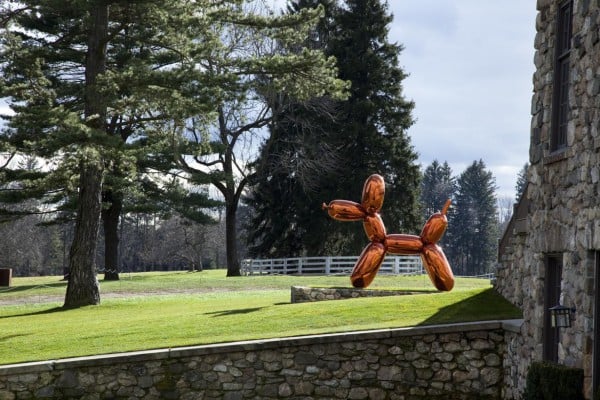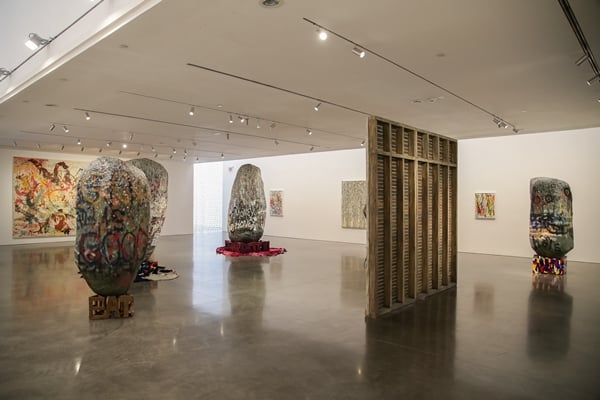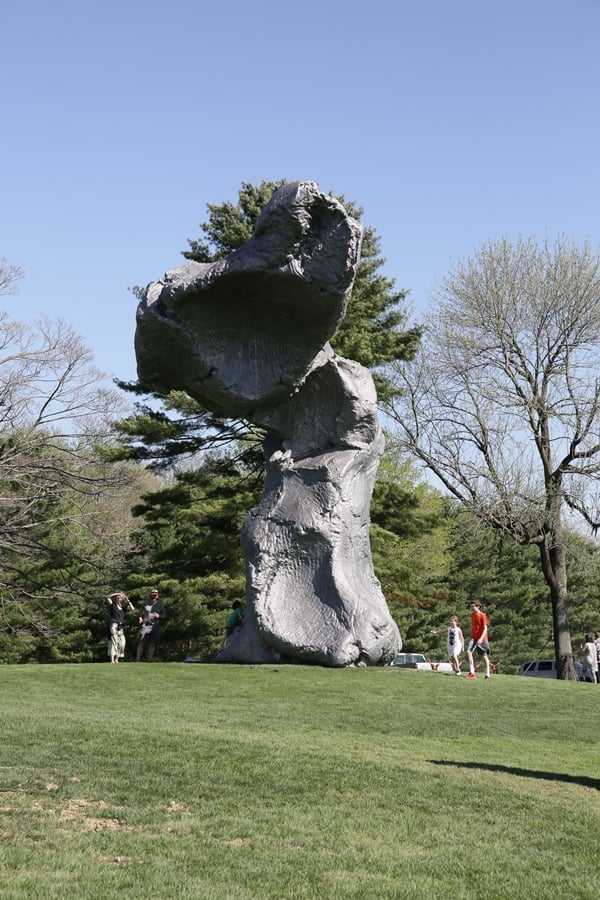Art & Exhibitions
Is the Brant Foundation a Tax Scam or an Art Investment Vehicle?
This "cozy museum" is open twice a year for an invite-only party.

This "cozy museum" is open twice a year for an invite-only party.

Artnet News

In a lengthy, well-reported New York Times business section piece this past weekend, Patricia Cohen took an in-depth look at various private museums around the country operated by uber-wealthy art collectors like Peter Brant (the Brant Foundation, Inc., in Greenwich, Connecticut), the Rubell Family Collection in Miami, and the Rales Collection in Washington, DC. Experts weighed in on the pros and cons of giving these foundations hefty tax breaks and weighing how far-reaching their educational programs are and how much public access is enough.
The debate runs along similar lines as the long-standing one over fractional gifts—whereby collectors got substantial tax breaks for promising a work to a museum for part of each year. Legislation in 2006 that tightened the conditions of fractional giving has reportedly made collectors cut back on this type of philanthropy, several experts say.
According to the story, the Brant Foundation, for instance, has “no identifying signs for the center…though the location is known to the art-world cognoscenti and celebrities who attend the twice-a-year gala openings, held at the private polo club next door. Visits to the center are by appointment only.”

Interior of the Brant Foundation Art Study Center.
Photo: Matteo Prandoni/BFAny.com
Furthermore, “among the charitable activities that specifically involved the Greenwich center and were highlighted on his foundation’s 2012 tax return (the most recent publicly available) were visits by Larry Gagosian, Mr. Brant’s superpowered art dealer, and his fellow billionaire collectors, Victoria and Samuel I. Newhouse Jr.”
However, as Cohen points out: “Mr. Brant’s five-year old museum, cloistered as it is, nonetheless is the beneficiary of what is in effect a federal subsidy. Operated by a nonprofit charitable foundation created and controlled by Mr. Brant, this cozy museum is tax-exempt.” The main difference in the tax breaks being negotiated by power patrons nowadays is that they can often deduct the “full market value of any art, cash and stocks they donate, even when the museums are just a quick stroll from their living rooms.”

Dan Colen, At Least They Died Together (after Dash) (2013-14)
Photo: Clint Spaulding/PatrickMcMullan.com
Part of the problem is the fact that IRS guidelines are “vague” about the requirements for private museums qualifying for a federal tax break. Washington, DC, attorney Marcus S. Owens, who formerly oversaw the Exempt Organizations Division at the IRS, said the agency looks at the proximity of a private art center to the owner’s residence or office. One unnamed collector had his charitable designation revoked after placing sculptures near his pool and declaring that they were open for public viewing. “Those strike me as too clever by half,” he told the Times.
There is no shortage of experts cited in the story, ranging from Rebecca Wilkins, senior counsel on federal tax policy at the Institute on Taxation and Economic Policy (not hard to guess where she stands on the issue), to Jeffrey Deitch, former LA MOCA director, Robert Storr, dean of the Yale School of Art, Tom Eccles, executive director of the curatorial studies program at Bard College, experts from Citibank Private Bank division (Suzanne Gyorgy and Adam von Poblitz), as well as art law expert Ralph Lerner (who seems to have concluded his one-year suspension from practicing law in New York State for improper billing practices).

Urs Fischer sculpture at the Brant Foundation Art Study Center in Greenwich, Connecticut.
Photo: Matteo Prandoni/BFAny.com
Some experts are understandably skeptical about out-of-the-way museums that are only open a few days a week to small groups, where visitors must make reservations in advance and be accompanied by docents. Others, like the Hall Art Foundation, in Reading Vermont, are closed for long stretches of time, in this case from December through May. According to its 2012 tax return, Cohen points out, the Hall foundation has $38 million in total assets.
On the flip side, are privately operated museums that seek no tax break at all. These include collections operated by Dallas-based patrons Howard Rachofsky and Vernon Faulconer, and Miami-based collector couple Rosa and Carlos de la Cruz, none of which are registered as a foundation or charity.